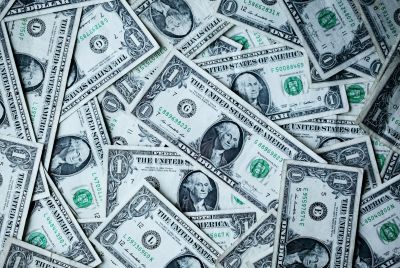Heinz, Tesla, Starbucks and More: Why Europeans Are Turning Away from Iconic US Brands
A storm is brewing across Europe and Canada—not in parliaments or boardrooms, but in the aisles of supermarkets and shopping centres. As the Trump administration escalates its trade war with new tariffs, consumers overseas are pushing back with their wallets. From ditching Heinz ketchup to avoiding Starbucks lattes, a quiet rebellion is gaining momentum. What began as diplomatic tension has now become a full-blown boycott movement.
Tariff Tensions Spark Global Consumer Backlash
Following the Trump administration's decision to impose a 25% tariff on Canadian goods and a proposed 20% reciprocal tariff on EU imports, a wave of consumer anger has swept across Canada and Europe. While some hoped the temporary trade truce would cool tensions, it hasn't stopped consumers from turning their backs on iconic American brands.
In Canada, boycott efforts took hold quickly, spreading across social media and local communities. Now, Europeans are joining in, shunning American names like Heinz, Tesla, and Starbucks in favour of homegrown alternatives.
Why Europeans Are Abandoning American Icons
President Trump's threat of a 20% tariff on the EU—tied to accusations that Europeans aren't buying enough American goods—may have backfired. Although the tariffs were delayed as part of a tentative deal, the damage to consumer sentiment appears to be done.
According to Business Insider, there's a clear and growing shift away from US-made products. This is more than a political protest—it's a cultural shift.
Apps like Brandsnap, developed by Dutch entrepreneurs Gerben Houtsma and Xander Kanon, are helping European consumers find local alternatives to American products. The app's success has surged in tandem with Trump's tariff announcements.
'The spikes in growth are closely tied to political actions taken by Trump, particularly around tariffs,' said Houtsma.
Supported by the Go European movement, Brandsnap is tapping into a rising sense of economic nationalism. Yet, as Kanon clarified, 'We're not trying to start a trade war. We just want people to know where their money is going.'
Can a New Trade Deal Undo the Damage?
Even with diplomatic overtures and fresh trade deals, the consumer distrust may not be easy to reverse. As The New York Times reports, experts believe this is more than a passing trend—it may be a structural shift in purchasing habits.
A study by the European Central Bank found that even with just a 5% tax on US imports, many consumers would still actively avoid American brands. The report noted that many Europeans are now opting for local products not out of necessity, but by choice.
'Even though they could afford more expensive US products and services, they consciously choose alternatives,' the ECB stated.
'This suggests that consumers' reactions may not just be a temporary response to tariff increases, but instead signal a possible long-term structural shift in consumer preferences away from U.S. products and brands.'
The Bigger Picture: America's Brand in Decline?
While trade deals may be negotiated in offices, the real consequences are unfolding in homes and shops around the world. As the US pushes ahead with its tariff strategy, it's not just factories feeling the heat—American culture and influence are, too.
With tensions still simmering and Canadian consumers heading to Mexico instead of the US, it remains to be seen whether economic diplomacy can win back the hearts—and wallets—of international buyers.
© Copyright IBTimes 2025. All rights reserved.





















